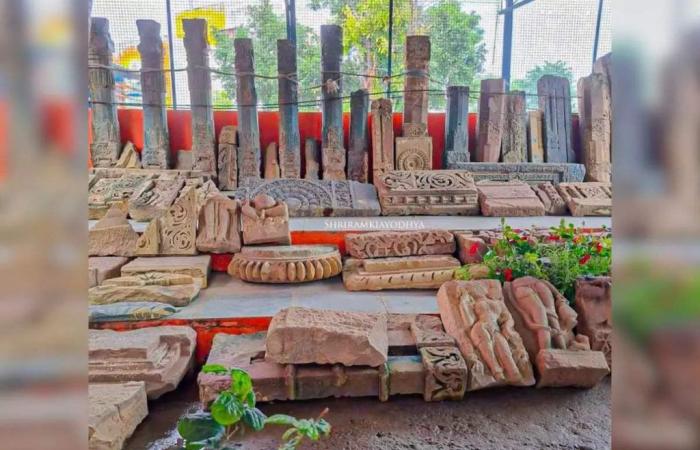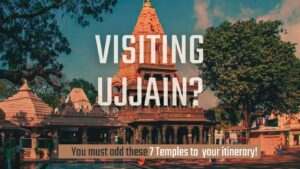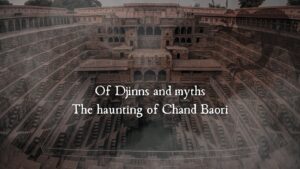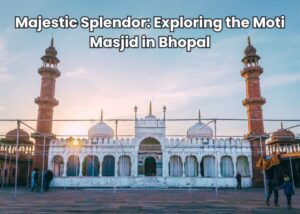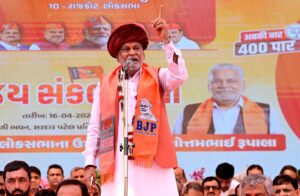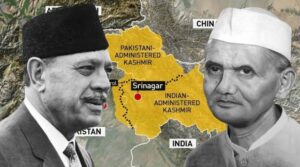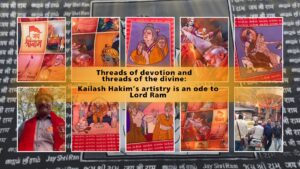The Lord Ram Temple, often referred to as the Ayodhya Ram Mandir, is a Hindu temple that is based in Ayodhya, Uttar Pradesh. In our country, this temple has been the focal point of a protracted religious and political conflict. Let’s examine the history, architecture and new updates from the excavation site.
History of Ram Mandir
The Ayodhya Ram Mandir has an ancient history. One of the most famous Hindu deities, Lord Ram, is thought to have been born on the site where the temple now stands. Babur, the Mughal emperor, destroyed the temple in the 16th century, and a mosque was erected in its place. The Babri Masjid mosque stood there for centuries before being destroyed by the Hindu nationalists in 1992, which led to significant bloodshed and racial tensions throughout the nation.
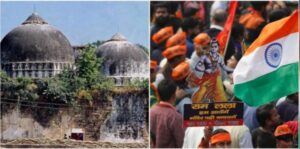 For many years, the Ayodhya controversy has been a divisive topic in Indian politics. The controversy centred on who owned the land where the Babri Masjid had stood and whether or not it was Lord Ram’s actual birthplace. In 2019, the Indian Supreme Court eventually resolved the case and approved the construction of a Ram Janmabhoomi temple there. Shri Ram Janmabhoomi Teerth Kshetra, a trust was established by the Indian government to manage the temple’s construction who took on the project of building the temple.
For many years, the Ayodhya controversy has been a divisive topic in Indian politics. The controversy centred on who owned the land where the Babri Masjid had stood and whether or not it was Lord Ram’s actual birthplace. In 2019, the Indian Supreme Court eventually resolved the case and approved the construction of a Ram Janmabhoomi temple there. Shri Ram Janmabhoomi Teerth Kshetra, a trust was established by the Indian government to manage the temple’s construction who took on the project of building the temple.
Architecture and Features
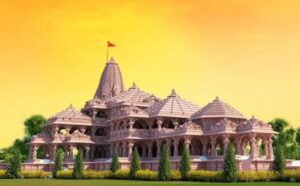 The Ayodhya Ram Mandir is a magnificent temple constructed in the Nagara style of temple architecture, distinguished by its shikharas, or towering pinnacles. The temple occupies 2.77 acres and was constructed from pink sandstone. A sizable courtyard surrounds the temple, which also contains a number of smaller shrines to various Hindu gods. The Shaligram stone, a massive black stone that was brought from the Gandaki River in Nepal and is thought to symbolise Lord Ram, is the temple’s most eye-catching feature.
The Ayodhya Ram Mandir is a magnificent temple constructed in the Nagara style of temple architecture, distinguished by its shikharas, or towering pinnacles. The temple occupies 2.77 acres and was constructed from pink sandstone. A sizable courtyard surrounds the temple, which also contains a number of smaller shrines to various Hindu gods. The Shaligram stone, a massive black stone that was brought from the Gandaki River in Nepal and is thought to symbolise Lord Ram, is the temple’s most eye-catching feature.
The three storeys of the 161-foot-tall temple each serve a different function. Lord Ram is honoured on the first floor, Lord Hanuman is honoured on the second floor, and a museum displaying Ayodhya’s history and culture is placed on the third floor.
A community kitchen, a hospital, and a yagnashala, or hall for performing Hindu fire rituals, are all part of the temple complex. The 67-acre temple complex is anticipated to grow into a significant cultural and religious hub, drawing millions of pilgrims from all over the world.
New artefacts excavated
The ancient ruins were discovered at the Shri Ram Janmabhoomi site during excavation. It has numerous pillars, sculptures, idols and statues.
On Tuesday, September 12, Champat Rai, the general secretary of Shri Ram Janmabhoomi Teerth Kshetra, announced the discovery of multiple ancient temple ruins in Ram Janmabhoomi. He noted that the majority of the remnants were in the shape of pillars and idols.
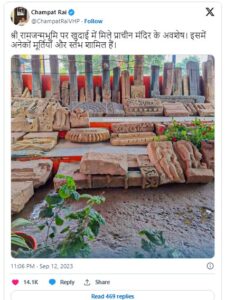 “Ancient temple ruins were discovered during construction at Shri Ram Janmabhoomi. It has numerous pillars and statues, according to Rai’s post on X (formerly known as Twitter).
“Ancient temple ruins were discovered during construction at Shri Ram Janmabhoomi. It has numerous pillars and statues, according to Rai’s post on X (formerly known as Twitter).
Parts of sculptures created out of massive stones and pillars were visible in a photograph tweeted by Rai, who is also the International Vice President of Vishwa Hindu Parishad (VHP), yesterday.
According to advice from Vedic priests, the consecration ceremony of Ram Lalla and the final installation ceremony of the idol at the temple sanctum-sanctorum in Ayodhya would start with five-day rites in January 2024.
Additionally, VHP plans to invite 2,000 seers from 150 different sects to the opening ceremony of the Ram temple in Ayodhya, which is expected to happen in January 2024. A VHP representative said that the Sant Pampark Vibhag would get in touch with these seers and give an invitation.
Like the ‘Kar Seva’ and ‘Shila Pujan’ rituals held during the Ram Mandir movement in the 1990s, the VHP has likewise chosen to connect with five lakh villages throughout the nation for the consecration of the Ram Lalla idol in Ayodhya.
Senior members of the organisation have also chosen to name VHP office holders in each of the five lakh villages where an outreach with the Bajrang Dal’s ‘Shaurya Yatra’ is planned. The VHP has also chosen to strengthen its foothold in these villages, according to Sharad Sharma, a Regional Spokesperson for the organisation.

